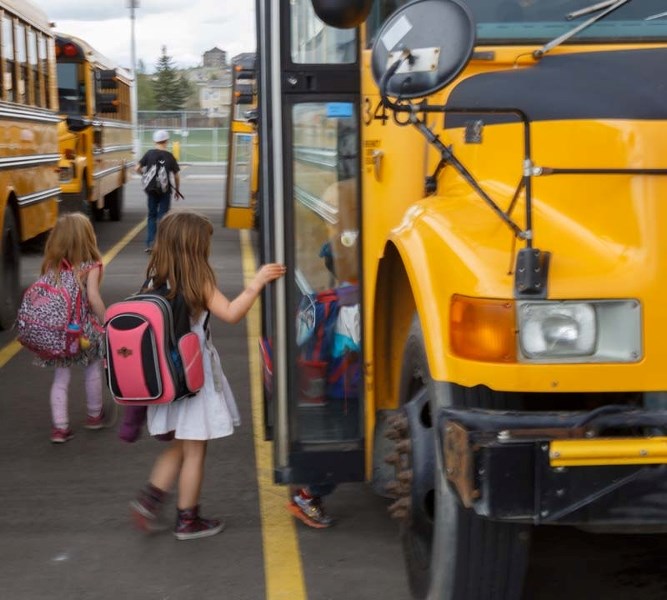With just days until the first school bell of the year, Alberta parents and students face an uncertain back-to-school season as labour tensions between the province’s teachers and their employers edge closer to a possible disruption to classes.
The Alberta Teachers’ Association and the Teachers’ Employer Bargaining Association are set to resume mediated talks Aug. 26 to 29. The sessions mark the first return to the bargaining table since June 19 and 20, when negotiations stalled.
Talks had been ongoing through the 2024-25 school year, with mediation being required in April. As part of the mediator’s report, teachers were offered a 12 per cent wage increase over four years, harmonization of pay grids that could have boosted salaries by up to five per cent for some teachers, increases of three to six per cent in northern incentives, market adjustments for substitute teachers and $400 million in classroom improvements.
At the beginning of May, 36,000 teachers voted on the proposed collective agreement. Sixty-two per cent voted no, largely out of concerns the agreement did not address concerns with classroom sizes, complexity, and wage increases that matched inflation.
In June, teachers voted overwhelmingly in favour of a strike. Nearly 39,000 teachers participated in the strike vote held June 5 to 8, with 95 per cent voting in favour of job action if contract talks fail.
In response, TEBA has applied for a lockout vote.
“This is a normal employer response to a strike vote, and it provides the employer with the right to lock out employees, if necessary,” the Office of Treasury Board and Finance said in an email response to Shootin’ the Breeze.
It further said that the lockout will only take place “if it appears that strike tactics could harm Alberta’s students and families.”
“It’s our hope that the TEBA will not have to utilize a lockout,” the statement said.
The ATA said the move does not come as a surprise.
“This development is not unexpected,” the union said in a statement. “Bargaining with the mediator will continue the week of Aug. 26 with the goal of reaching a negotiated settlement.”
ATA communications officer Heather Grant said the union’s focus remains on talks next week.
“We hope that during the week of Aug. 26 when we meet, that we are able to reach a negotiated settlement,” she said. “If we’re not, then we’ll have to just go from there.”
Grant explained that a lockout functions as “the employer’s version of a strike,” meaning teachers would be barred from entering schools. But she stressed the vote itself does not mean a lockout will occur.
“Just like when we took our strike vote, it didn’t mean that we were necessarily going to strike,” she said. “It just means that it’s something available to them.”
The province, meanwhile, said it hopes the situation can be resolved without a strike or lockout.
Treasury Board and Finance said its initial offer was fair and expressed disappointment that ATA members rejected the mediator’s recommended settlement earlier this summer.
“Our government values teachers and the critical role they play in ensuring students receive a high-quality education that enriches their lives and prepares them for the future,” the Treasury Board and Finance office said.
Education Minister Nate Horner echoed confidence in the process.
“Alberta’s government has tremendous respect for teachers, principals, system leaders and school divisions for their ongoing hard work inspiring and guiding students,” he said. “I remain confident that the parties will continue working with each other through the bargaining process to reach a fair and reasonable settlement for teachers.”
Horner’s office said it cannot speculate on the impact of a potential strike or lockout, as no notice has yet been issued. For now, Alberta Education and Childcare is monitoring the situation.
“It will share information with school authorities and parents as it becomes available,” it said.
With the first day of school approaching, both sides remain at the table — but the possibility of strike or lockout still looms in the background.




